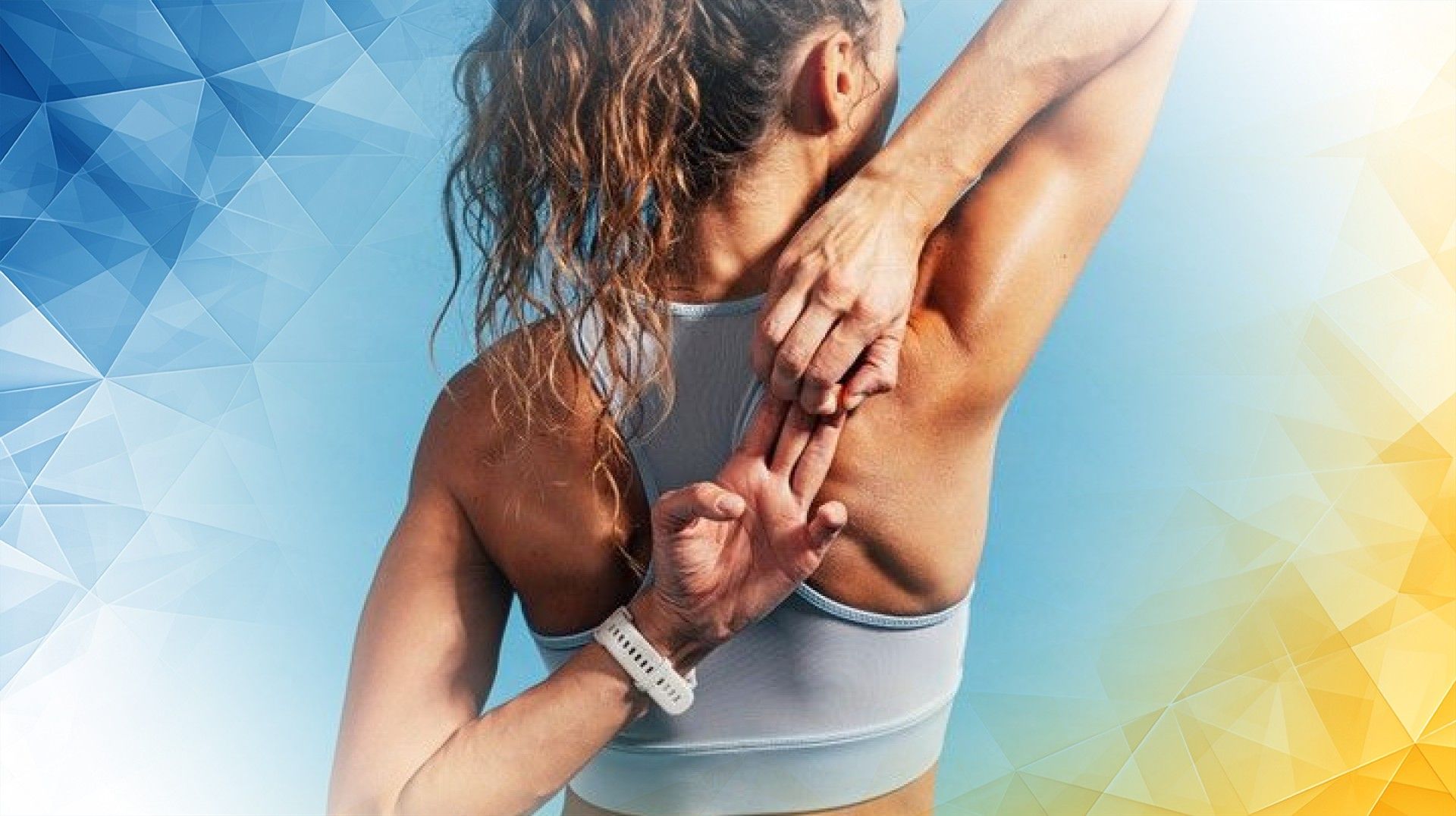



Chondromalacia and labrum tear s are common joint problems that can cause significant pain and limit movement. Chondromalacia occurs when the smooth cartilage under your kneecap becomes soft and starts to wear away. A labrum tear, on the other hand, happens when the ring of cartilage that helps stabilize the hip or shoulder joint (the labrum) is damaged or torn. Both conditions can lead to discomfort and joint instability, and if left untreated, may result in long-term issues.
In this article, we’ll break down what causes these injuries —especially the role that mechanical stresses inside your joints play. We’ll also explore new, innovative treatments that support natural healing, and explain why diagnosis can sometimes be a challenge. Our goal is to help you better understand these injuries and how to manage them for a healthier, more active life.
Both chondromalacia and labrum tear s are often rooted in mechanical stress—the pressure and forces placed on your joints when you move. Imagine your joint functioning like a door hinge: if the hinge is slightly misaligned, it doesn’t work smoothly. Similarly, when your joint’s shape or alignment is even slightly off, some areas end up taking on more force than they should, which can damage the cartilage over time.
For example, if the hip socket doesn’t cover the ball of the joint well enough, this puts extra strain on the labrum, increasing the risk of a tear. In the knee, if the kneecap ( patella ) doesn’t glide as it should, the cartilage underneath can wear down faster—a key feature of chondromalacia patella . Computer models and clinical studies show that these misalignments shift weight and pressure onto vulnerable areas, often leading to injury .
Doctors have also observed that, in cases of chondromalacia, the underlying bone can develop higher pressure beneath the damaged cartilage, making the problem worse. Researchers have even identified chondromalacia in the hip joint , emphasizing that these issues aren’t isolated to just one area of the body, but can occur anywhere abnormal mechanics place extra stress on cartilage (Norman-Taylor et al., 1995).
Anatomical differences play a role, too. Features like an abnormally steep condylar ridge (a part of the thigh bone that interacts with the kneecap ) can concentrate stress and contribute to cartilage breakdown (Crooks, 1967).
By understanding how these mechanical stresses and anatomical factors lead to injury, doctors can better predict who is at risk—and develop treatment plans that address the underlying causes.
Traditionally, managing chondromalacia or labrum tear s starts with rest, physical therapy, and sometimes surgery. Today, new treatment options are offering additional ways to promote healing beyond what was previously possible.
One exciting advancement is the use of “bioadhesives,” special substances applied during minimally invasive surgeries. These adhesives can release compounds like platelet-derived growth factor (PDGF) right to the injured area, jump-starting your body’s natural repair processes. Think of them as targeted boosters that help your tissue heal faster and more completely.
Physical therapy still plays a central role. By strengthening the muscles around the joint and improving stability, rehab helps correct the underlying mechanics and offloads stress from injured areas. When combined with new biochemical therapies, patients have a greater chance of full recovery—and may even avoid the need for surgery.
Surgical techniques are also improving. Procedures that reshape anatomical features—such as smoothing an abrupt condylar ridge—have been shown to provide excellent functional results and preserve the joint (Crooks, 1967; Wiles et al., 1960). These anatomical corrections, together with modern rehab, offer a strong foundation for recovery.
Diagnosing chondromalacia and labrum tear s can be challenging. The go-to tool for most doctors is the MRI, as it provides detailed images of cartilage and soft tissues inside the joint.
However, everyone’s anatomy is a bit different, and normal variations in the labrum can sometimes look like tears on an MRI scan. This makes it important for doctors to interpret imaging results in the context of your symptoms and physical exam, ensuring that what they see on the scan matches what you’re experiencing.
Fortunately, advancements in MRI technology —like higher resolution images and special contrast agents—are helping doctors spot the difference between true damage and harmless variations, leading to more accurate diagnoses and tailored treatments.
Healing from chondromalacia or a labrum tear depends on more than just resting the joint. The way your joint moves and the forces it experiences have a big impact on how well your tissue can recover.
That’s why treatment often combines exercises designed to improve joint alignment and movement with therapies that actively promote tissue repair . For example, targeted exercises for chondromalacia patella help the kneecap move smoothly and strengthen the right muscle groups. When paired with therapies like PDGF-releasing adhesives, these approaches set up the ideal environment for healing.
At the same time, every patient is different. If a certain approach doesn’t relieve symptoms, doctors might recommend more advanced procedures, making it important to adapt treatments to each person’s needs (Wiles et al., 1960).
The best way to tackle chondromalacia and labrum tear s is with a balanced approach that addresses both the mechanical and biological sides of the problem. Healthcare providers should create personalized rehab plans that reduce joint stress and consider new therapies that boost tissue healing .
As a patient, following your exercise program, making positive lifestyle changes, and staying in touch with your care team are all key steps. This well-rounded approach improves pain, restores movement, and helps protect your joints for the long run.
In short, chondromalacia and labrum tear s are often driven by abnormal mechanical stresses that damage cartilage and labral tissue. Thanks to advances in both biochemical treatments and diagnostic imaging, doctors now have more tools to help you heal and recover.
Recognizing the mechanical features that cause these injuries —and correcting them when possible—is essential. By combining mechanical corrections with modern therapies that support the body’s natural repair abilities, patients can look forward to better outcomes and healthier joints .
As research moves forward, even more effective treatments are on the horizon—bringing hope for lasting relief to everyone affected by these common joint conditions.
Norman-Taylor, F., Mannion, S. J., & Villar, R. N. (1995). Chondromalacia Coxae. Hip International, 5(3-4), 121-123. https://doi.org/10.1177/1120700095005003-405
Wiles, P., Andrews, P. S., & Bremner, R. (1960). Chondromalacia of the Patella. Journal of Bone and Joint Surgery – British Volume, 42-B(1), 65-70. https://doi.org/10.1302/0301-620x.42b1.65
Crooks, L. M. (1967). Chondromalacia Patellae. Journal of Bone and Joint Surgery – British Volume, 49-B(3), 495-501.
All our treatments are selected to help patients achieve the best possible outcomes and return to the quality of life they deserve. Get in touch if you have any questions.
At London Cartilage Clinic, we are constantly staying up-to-date on the latest treatment options for knee injuries and ongoing knee health issues. As a result, our patients have access to the best equipment, techniques, and expertise in the field, whether it’s for cartilage repair, regeneration, or replacement.
For the best in patient care and cartilage knowledge, contact London Cartilage Clinic today.
At London Cartilage Clinic, our team has spent years gaining an in-depth understanding of human biology and the skills necessary to provide a wide range of cartilage treatments. It’s our mission to administer comprehensive care through innovative solutions targeted at key areas, including cartilage injuries. During an initial consultation, one of our medical professionals will establish which path forward is best for you.
Contact us if you have any questions about the various treatment methods on offer.
Legal & Medical Disclaimer
This article is written by an independent contributor and reflects their own views and experience, not necessarily those of londoncartilage.com. It is provided for general information and education only and does not constitute medical advice, diagnosis, or treatment.
Always seek personalised advice from a qualified healthcare professional before making decisions about your health. londoncartilage.com accepts no responsibility for errors, omissions, third-party content, or any loss, damage, or injury arising from reliance on this material. If you believe this article contains inaccurate or infringing content, please contact us at [email protected].